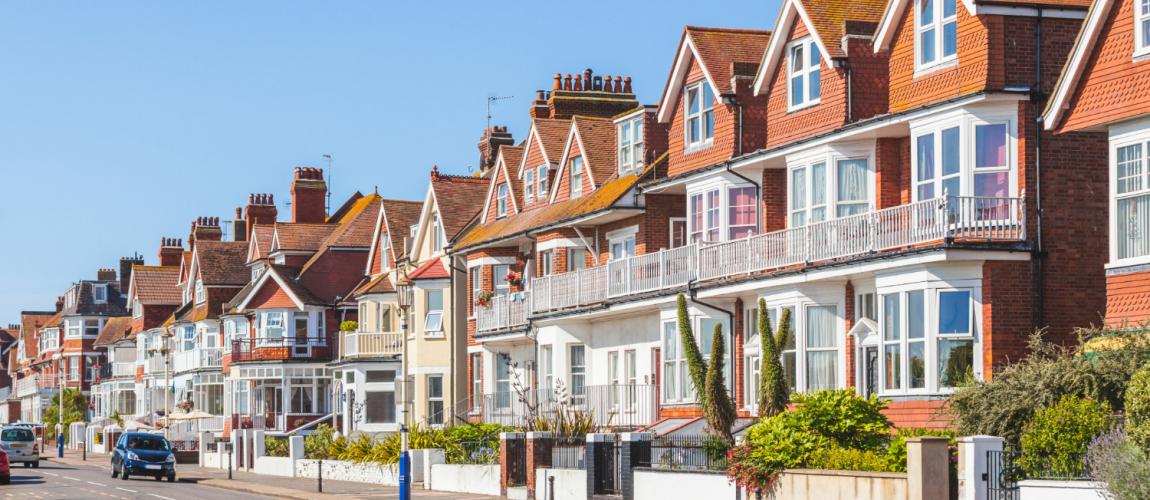Akaretler Row Houses, Istanbul, Turkey

Photo Credit: Image by Freepik
On this page: A case study on Akaretler Row Houses, Istanbul, Turkey. Find more at the Municipal Public-Private Partnership Framework - Project Summaries section for brief summaries of around 100 projects from around the world, examples of successes and challenges, as well as innovative ideas on solutions, or visit the Guidelines on Innovative Revenues for Infrastructure section.
Project Summary: Background The Akaretler Row Houses, built in 1875, are a cultural and historic structure in Istanbul built originally to provide housing for prominent and high-ranking officials of the Dolmabahce Palace. The landmark structure was owned by the Turkish Foundations, a national public sector real estate owner, and was subject to strict regulation for the preservation of the structure. Consequently, obtaining construction permits for the structure was quite complicated and time-consuming. In 1987, the necessary licenses to reconstruct the Akaretler Row Houses were granted. The municipal authority issued a construction permit and a certificate of occupancy, while the General Directorate of Preservation of Cultural and Historical Heritage and the General Directorate of Turkish Foundations approved the redevelopment plans. Project Structure After the permissions were granted, attempts were made with numerous developers to rehabilitate the site, but to no avail. In 2005, the municipality, the General Directorate of Preservation of Cultural and Historical Heritage, and the General Directorate of Turkish Foundations appointed the Bilgili Group to redevelop the site using a PPP. The public authorities agreed to share the balance sheet with the private developer for investment purposes. The private developer undertook to build a mixeduse development containing office and retail spaces, a hotel, single and multifamily units, and parking spaces, in addition to restoring the historic structures. The General Directorate of Turkish Foundations would oversee the construction. The Bilgili Group was further responsible for marketing the development, completing additional renovation projects in the neighborhood, as well as maintaining a small local park. The total project cost was estimated at USD 58 million. In 2009 it was projected that the net return on investment for the Bilgili Group would be around USD 12 million. The municipality would benefit from the local taxation, the private-led real estate renovation, and through the performance of the local maintenance agreement. The local taxes generated for the municipality through the project would be used to fund infrastructure improvements to the site to be completed in conjunction with the primary development process. This includes the renewal of a cobblestone road surrounding the Akaretler Row Houses, improvements to telephone lines, laying ethernet and fiber-optic cables, as well as the reorganization of the existing road layouts. To help create demand and potential value, the municipality provided real estate and tourism tax incentives. This, combined with the marketing efforts by the private developer, has increased the stream of tourists to the area, which in turn created jobs and supported local businesses. Lessons Learned The project was completed in 2008, resulting in the creation of 98 offices and residences, 42 shops and restaurants, and the Hotel W Istanbul. The project was selected as a winner of the Urban Land Institute (ULI) Awards for Excellence in Europe, the Middle East, and Africa.1 This case is a good example of how PPP can leverage private expertise and capital to refurbish and maintain historical and cultural assets, while creating many revenue streams from spaces above and around the historic site, such as office buildings, retail spaces, hotels, residential units, and parking spaces. The case also exemplifies the sharing of responsibilities between the municipality and the private partner. While the private partner refurbished the historic structure and conducted the marketing, the municipality supported the project by developing the required, ancillary infrastructure -roasd, telephone lines, fiber-optic cables - and also offering tax incentives. Footnote 1: Source(s) accessed on February 15, 2019 http://www. bilgiliholding.com/en/ projects/mixed-use/ akaretler-row-houses http://1jh8wu3evfwz3 jruef1p1wj2-wpengine. netdna-ssl.com/ wp-content/uploads/ sites/127/ULIDocuments/ Value- Capture-Finance- Report1.pdf World Bank, The Economics of Uniqueness, investing in Historic City Cores and Cultural Heritage Assets for Sustainable Development, 2012.
The Guidelines on Innovative Revenues for Infrastructure (IRI) is intended to be a living document and will be reviewed at regular intervals. They have not been prepared with any specific transaction in mind and are meant to serve only as general guidance. It is therefore critical that the Guidelines be reviewed and adapted for specific transactions.
To find more, visit the Innovative Revenues for Infrastructure section and the Content Outline, or Download the Full Report. For feedback on the content of this section of the website or suggestions for links or materials that could be included, please contact the Public-Private Partnership Resource Center at ppp@worldbank.org.
Updated:
TABLE OF CONTENTS
I. Innovative Revenues for Infrastructure (IRI)
2. Introduction to Commercial Value Capture (CVC)
3. Applying CVC in Infrastructure Projects
2. Case Studies in CVC from International Experiences
Related Content
Select WBG PPP Toolkits
Featured Section Links
Additional Resources
Climate-Smart PPPs
Type of ResourceFinance Structures for PPP
Type of ResourceFinancing and Risk Mitigation
Type of Resource